7 of the best destinations for a Brazil holiday
South America’s largest country has enough colourful cities, historic landmarks and areas of natural beauty to rival entire continents
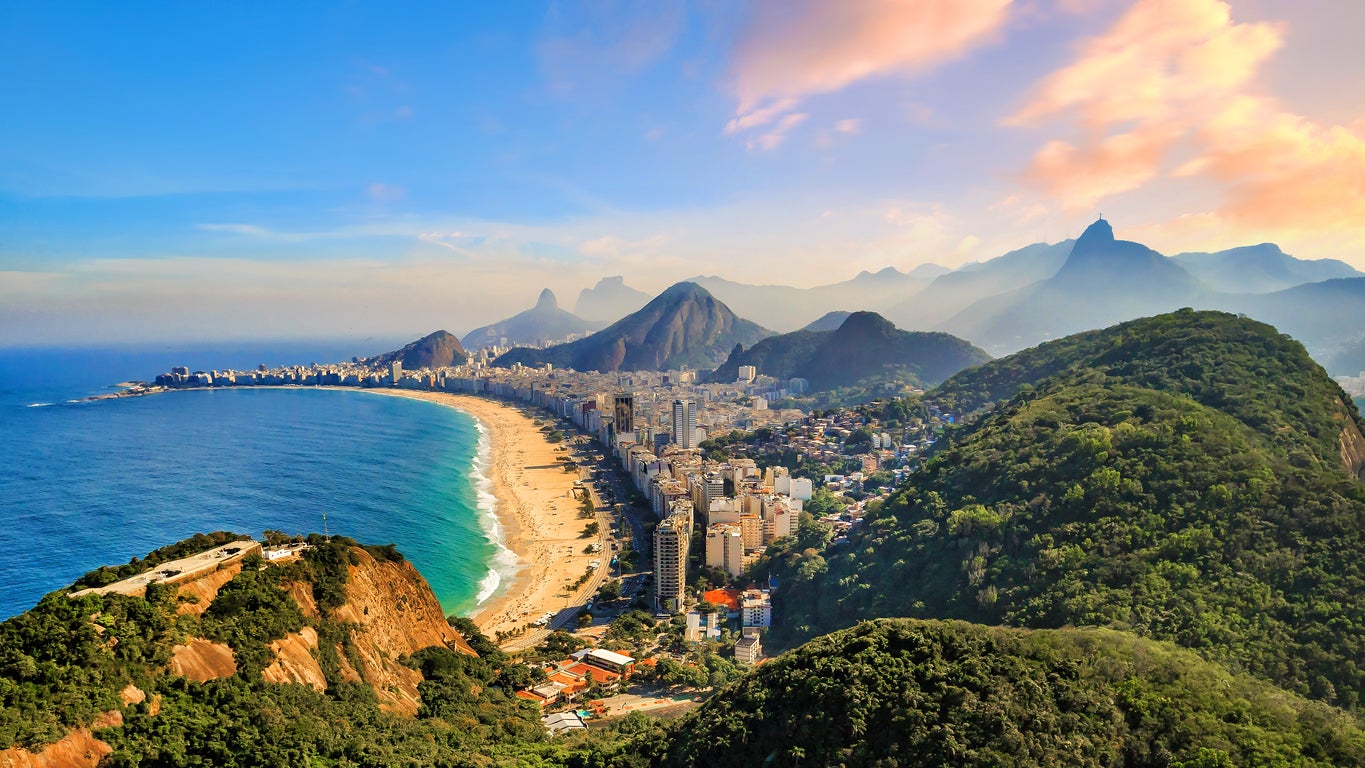
A dizzyingly large country that is home to over 200 million people, Brazil conjures up an array of vivid images, from samba dances and Carnival celebrations to awe-inspiring natural sites and a vibrant blend of cultures forged through a fascinating history.
This is a country that can compete with entire continents in terms of natural beauty, from the magnificence of Iguacu Falls or the Pantanal wetlands to a large section of the Amazon, one of the world’s last remaining frontiers.
And its cities are no less enchanting. Rio de Janeiro, with its party atmosphere and pristine beaches, may have become the poster boy for Brazilian tourism, but places like Sao Paulo and Salvador offer visitors plenty to discover.
A warm welcome, an immersion in the local cultures and some paradisiacal settings makes Brazil a bucket-list destination for many. Here are some of the very best places to visit.
Rio de Janeiro
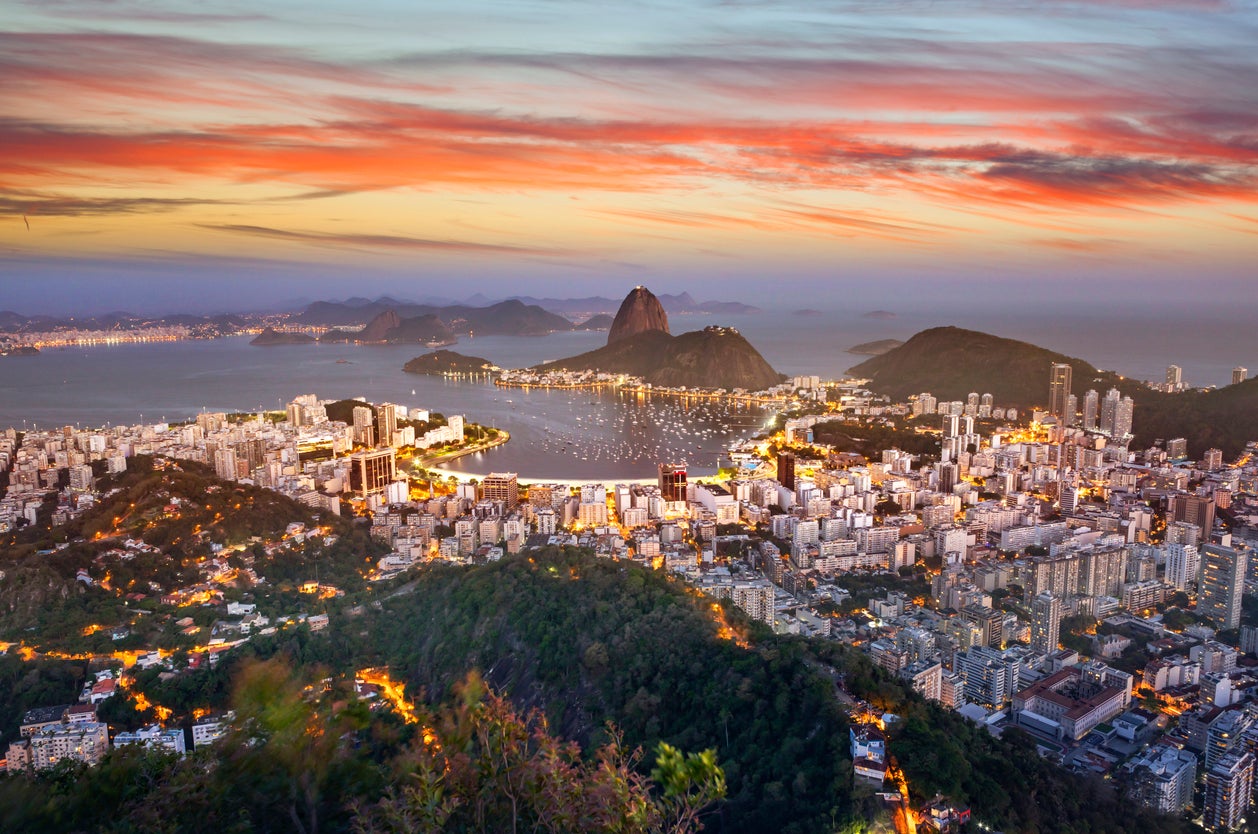
Rio de Janeiro is often seen as the face of the country, with its samba culture, enormous Carnival celebrations and long stretches of golden sands having become synonymous with Brazil in more recent years. Few cities in the world can claim the same level of natural beauty as Rio. Surrounded by verdant peaks, such as Sugarloaf Mountain, and fronted by coastlines like Copacabana and Ipanema, the city has been blessed with incredible scenery; it is best enjoyed from the high site of Christ the Redeemer, one of the world’s most famous landmarks. Walks, hikes, swims and football on the beach are all within easy reach.
Read more on South America travel:
Though the partying reputation that has been made famous by Carnival isn’t present every month in Rio, it is still buzzing day and night, from the caipirinhas on Copacabana to the bars and restaurants of Lapa. Santa Teresa is another bohemian neighbourhood with abundant arts and culture on show, while pilgrims of a certain sporting type will want to head to the Maracana, home of Fluminense and Flamengo, to catch a football match at one of the game’s spiritual homes.
Sao Paulo

The largest city in the country is a true concrete jungle, with trees and gardens interspersed among the vast buildings, where a distinctly cosmopolitan atmosphere prevails. It is similar in some respects to Rio – from the long section of beach to the generally vibrant way of life – but drastically different in others, from its skyscraper-laden cityscape to its dizzying number of arts and cultural centres.
Sao Paulo state is the country’s economic and agricultural heart, and this state capital contains a wealth of things for visitors to see. You’d be wise to start with the eclectic range of museums, covering anything from football and the Portuguese language to Afro-Brazilian history and artefacts from Amazonian tribes. Art lovers should visit the city’s Museu de Arte and the Pina Luz for work dating as far back as El Greco or Manet, all the way up to the present day.
For an oasis near the centre, visit the city’s largest green space, the Ibirapuera Park. Alternatively, those with a penchant for the finer things in life can take a stroll down the tree-lined Rua Oscar Freire, Sao Paulo’s most glitzy road and Brazil’s answer to Fifth Avenue or Rodeo Drive in the US. In a city of skyscrapers, it would make sense to try and get a great view too; some of the best are from the 161m-high Farol Santander or the 46-storey Edificio Italia.
Manaus and the Amazon
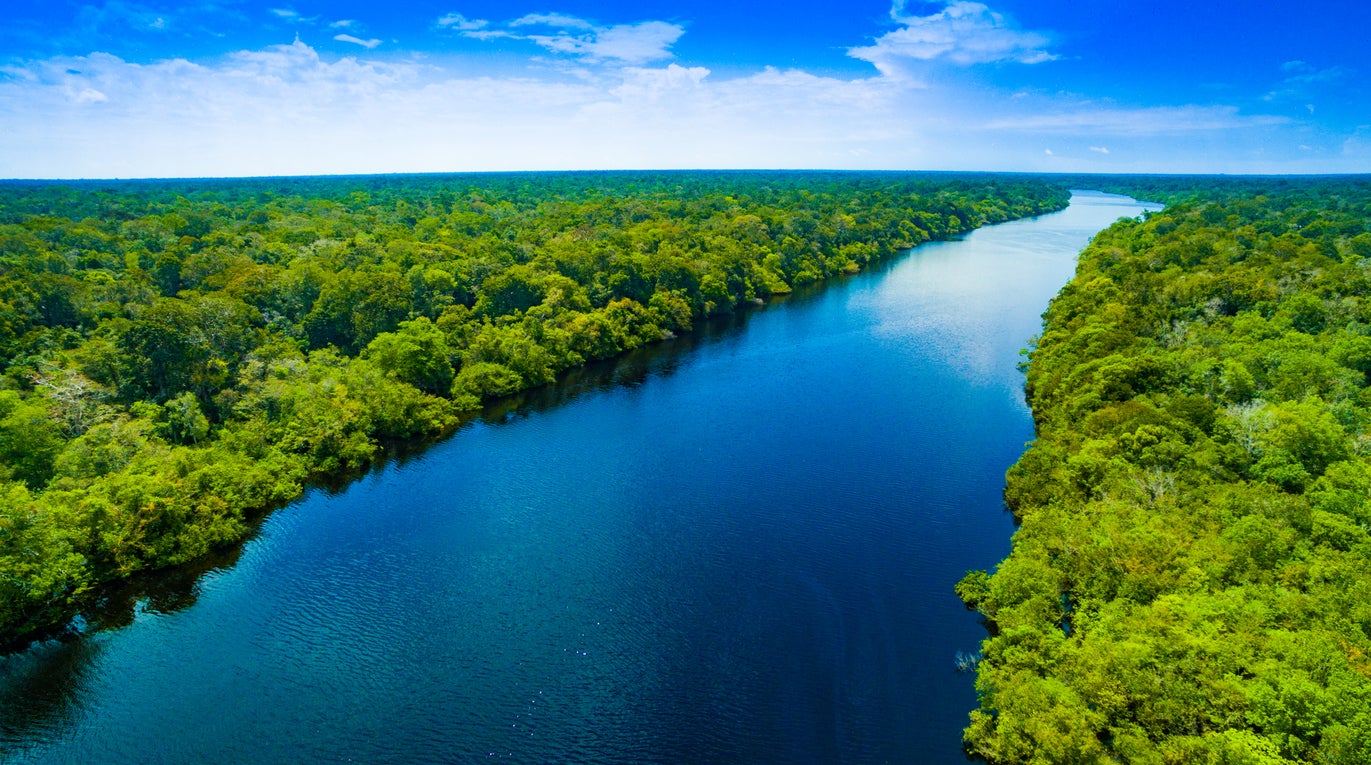
The Amazon rainforest remains one of the world’s least explored areas, home to around 10 per cent of the world’s biodiversity. Thankfully for the more intrepid of travellers, Brazil offers a way in to one of the accessible parts of the river and jungle, with Amazon cruises and some jungle exploration both possible.
Manaus – one of two cities in the Amazon with a population of over one million people – is the Brazilian gateway. These include the magnificent 19th-century Amazon theatre, the 100 square kilometres of the Adolpho Ducke Botanic Gardens and the confluence of the “Meeting of the Waters”, where the dark waters of the Rio Negro run alongside the brown waters of the Rio Solimoes.
But while Manaus is worth taking a little time to explore, if you’re in the city it’s probably for one reason. The Amazon and its surrounding rainforest remain etched in travel folklore; visited by few and known well by even fewer, the drastically different environment, proliferation of wildlife and generally unforgiving nature makes for one of the world’s most enticing destinations. June is the best time to visit for less rain, high water levels and wildlife spotting, with plenty of cruise and jungle lodge options for accommodation and tours.
Iguacu National Park
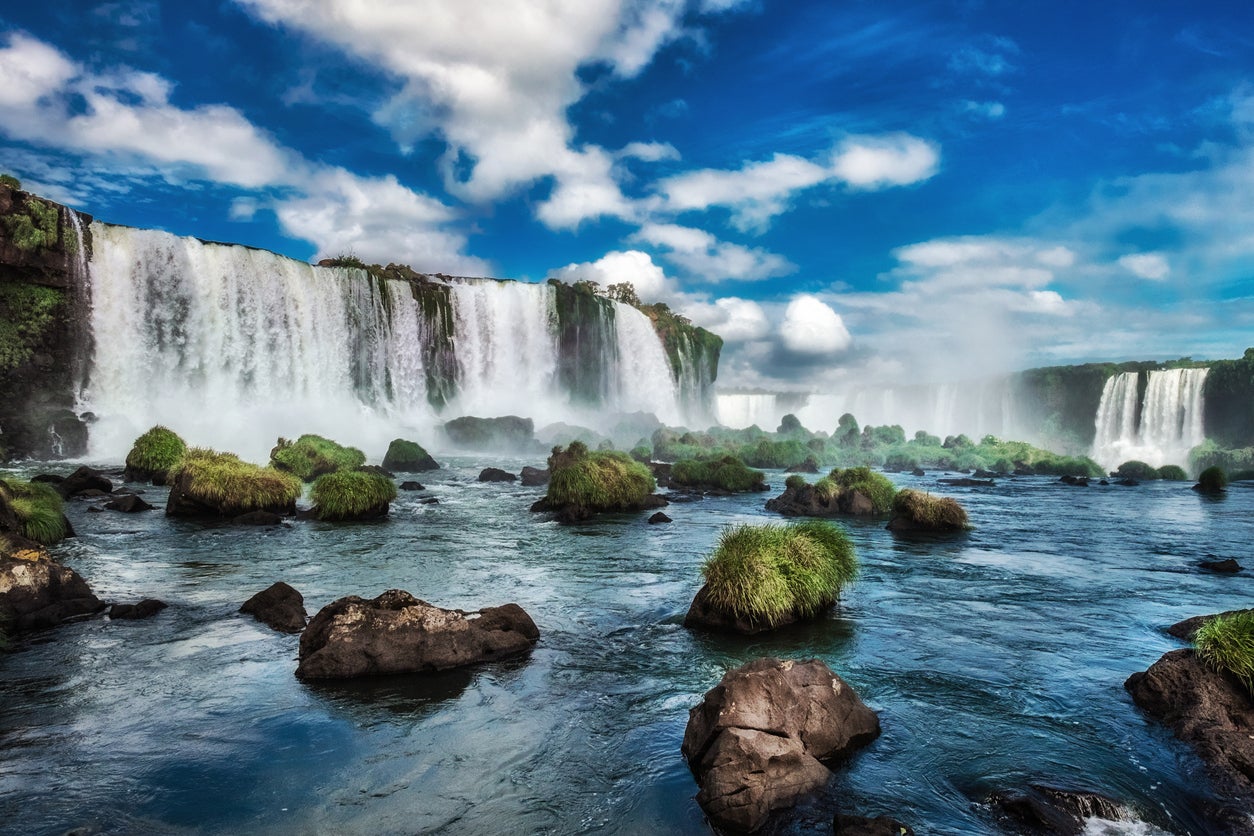
Iguacu sits in a beautiful location on the borders between Brazil, Argentina and Paraguay. A waterfall system consisting of around 275 different falls, it is a truly paradisal area, where the water dramatically pours off rugged cliffs and the sight of the verdant clifftops is complemented by murky waters and the odd rainbow.
Only around 20 per cent of the falls lie in Brazil, with the other 80 per cent lying in Argentina, where they are known as Iguazu. The town of Foz do Iguacu is the best access point in Brazil (and is also served by an airport), with the Brazilian section offering panoramic views and the Argentinean section better for guided riverboat tours. If possible, try and get the best view of the Devil’s Throat, with a drop of around 260ft and a width of almost 500ft.
Salvador

That Salvador de Bahia used to be Portugal’s colonial capital shows the importance of this city, and goes some way to explaining its modern-day iteration. Though it has some of the skyscrapers of Sao Paulo and the beaches of Rio, this city has forged its own identity since colonial times – one marked by Afro-Brazilian culture, surrounding natural beauty and dashes of colour and rhythm.
The city starts on the coast at the startlingly blue All Saints Bay, where long sections of golden sands stretch down a coastline that is lined with tropical islands and fishing villages. Moving inland, a sea of skyscrapers and other high-rise buildings hides a slew of colonial buildings, and nowhere is this more prominent than in Pelourinho, the city’s Unesco-listed historic centre. Cobblestone streets are lined with colourful, pastel-hued colonial architecture, and this is heart of the city’s Afro-Brazilian culture, from capoeira schools to street food and cultural centres (a visit to the area is complemented by a tour of the the Afro-Brasileiro museum and the Archaeology and Ethnology Museum, near the city’s eastern coast).
The city’s Nautical Museum completes a tour of its often sobering medieval history, with other highlights including the 18th-century NS do Bonfim church, the Largo do Pelourinho square and Santo Antonio da Barra fort. If you can time your visit well, Salvador is also home to the country’s second most famous Carnival celebrations.
Pantanal
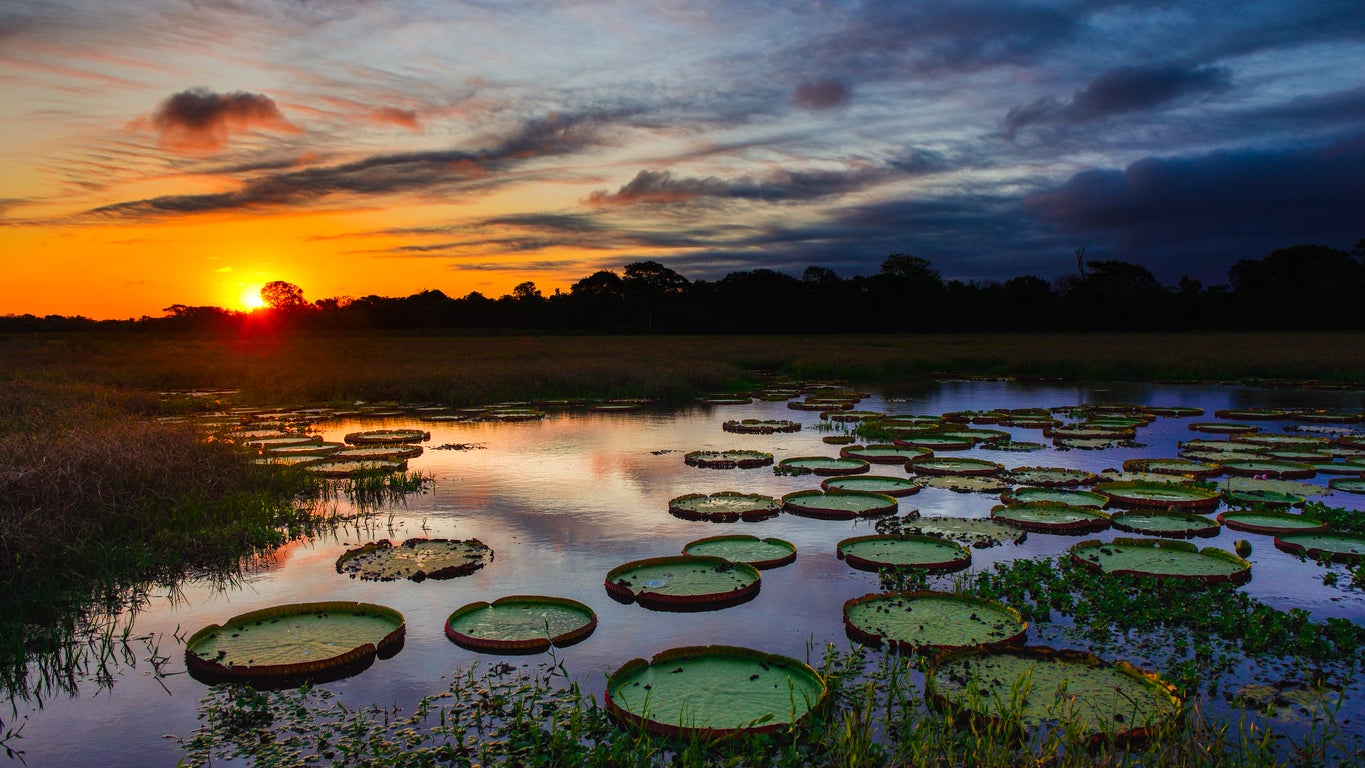
Located in the south of Brazil, the Pantanal is the largest tropical wetland area in the world, as well as the planet’s largest flooded grasslands. Alongside the Amazon, it is one of the country’s most ecologically diverse regions, making it popular for wildlife spotting.
The landscape is teeming with dense vegetation, plus wildlife that ranges from jaguars and crocodiles to over 656 species of bird. The period between June and September is best for seeing the inhabitants, with 4x4 and riverboat tours offered across different areas and plenty of lodging options, whether you’re a budding photographer or a safari veteran aiming to see Brazil’s ‘Big Five’ – jaguars, anteaters, tapirs, giant otters and maned wolves.
Ouro Preto
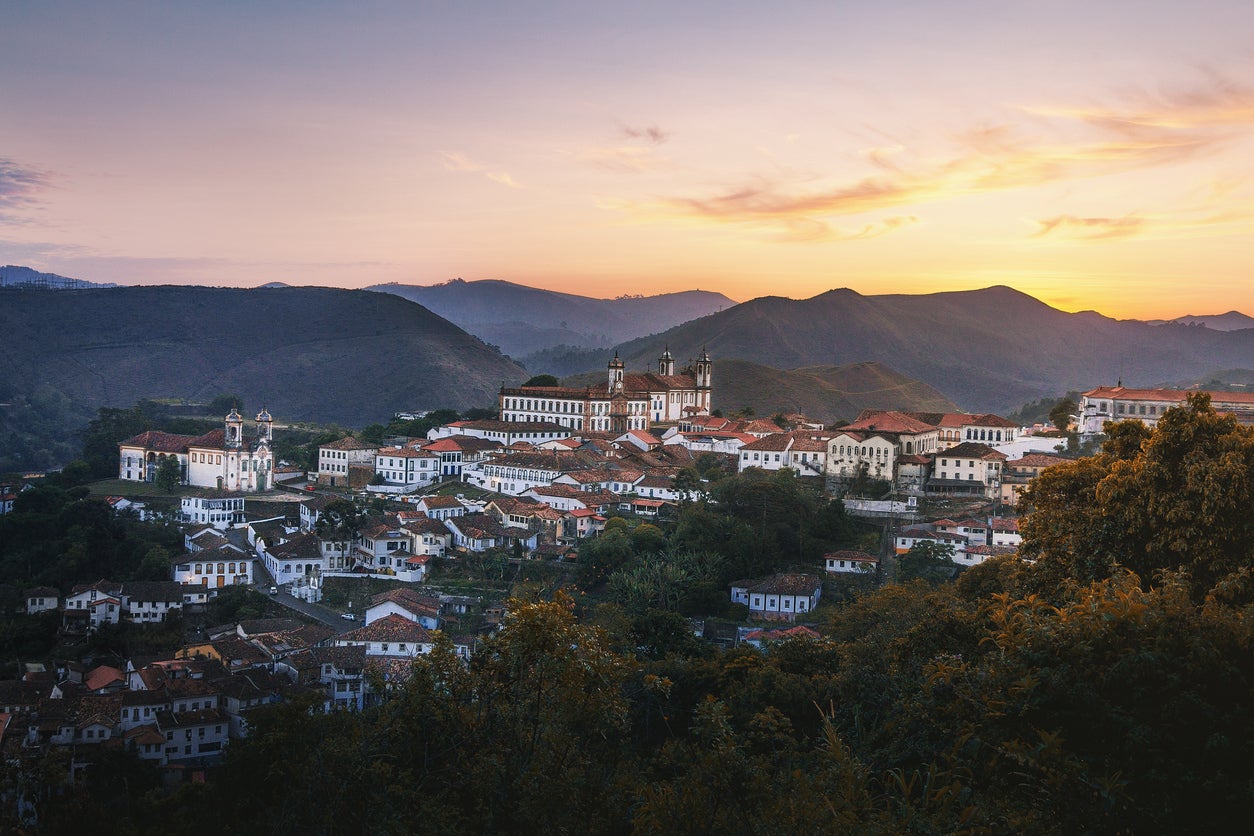
Ouro Preto, translated as “black gold” in English, is a city in the state of Minas Gerais, a large state known for its colonial-era mining towns and their historical importance. Once the state capital until 1897, it lies around two hours from Belo Horizonte, the modern-day state capital and third-largest city in Brazil.
This once-great mining town was a centre for the Brazilian gold rush, but its surroundings of steep hills and creeks prevented further expansion. This has benefited the modern city, which has a strikingly colonial feel to a lot of its architecture. Though perhaps obvious, it is startlingly similar to parts of Portuguese cities like Funchal, with intricate facades and russet roofs adorning many buildings, and the odd pastel shade dotted among the mainly white-washed structures of the Unesco-listed historic town.
Ouro Preto is a less-visited, smaller town, so it may be best to combine a visit with a trip to Belo Horizonte. However you do it, take the time to explore its religious buildings, discover a section of Brazilian history, tour art museums like the Casa Guignard and even dive into a mine at the Minas de Passagem, the largest in the world that is accessible to the public.
Read our reviews of the best winter sun hotels
Join our commenting forum
Join thought-provoking conversations, follow other Independent readers and see their replies
Comments
Bookmark popover
Removed from bookmarks